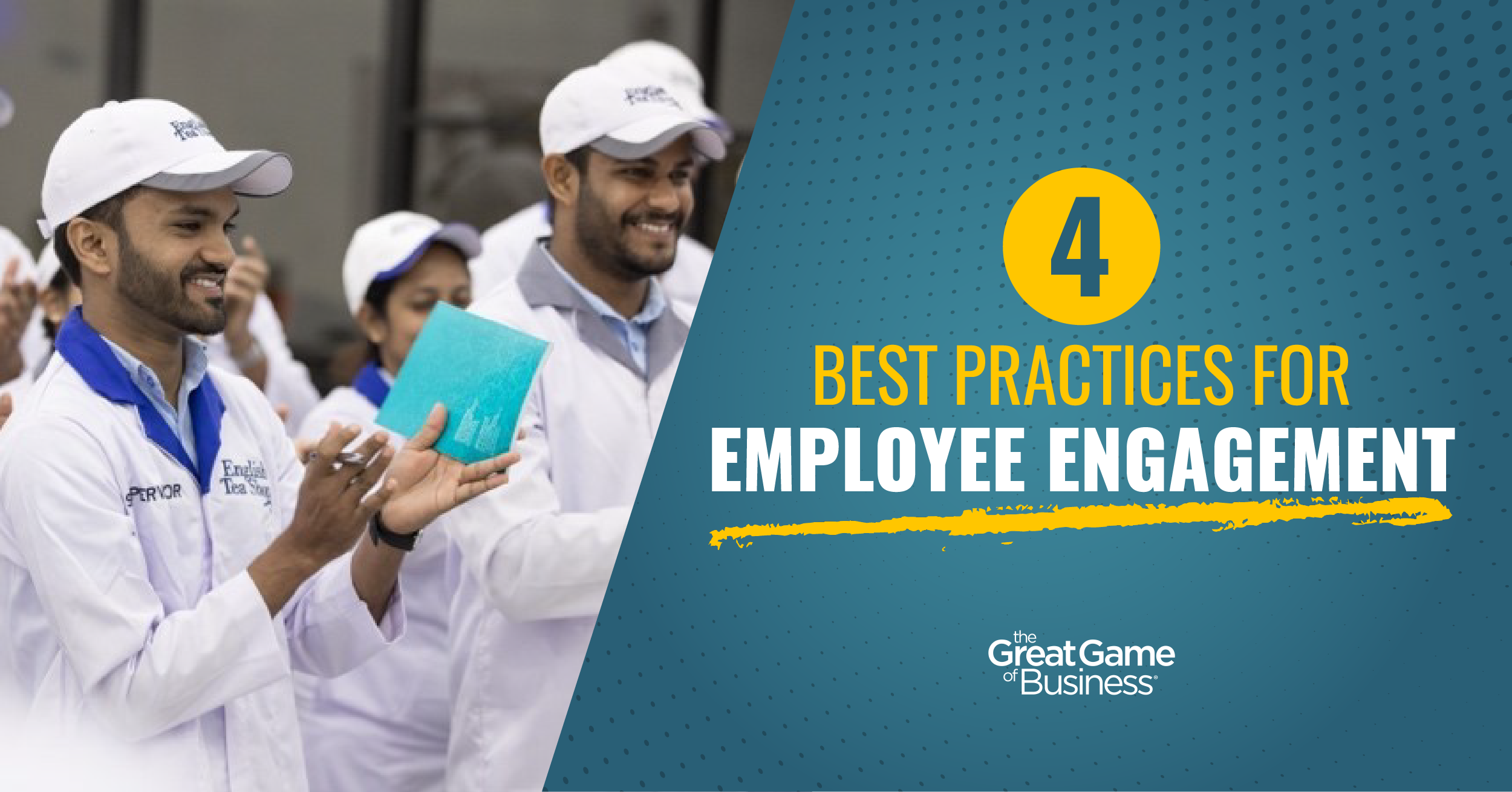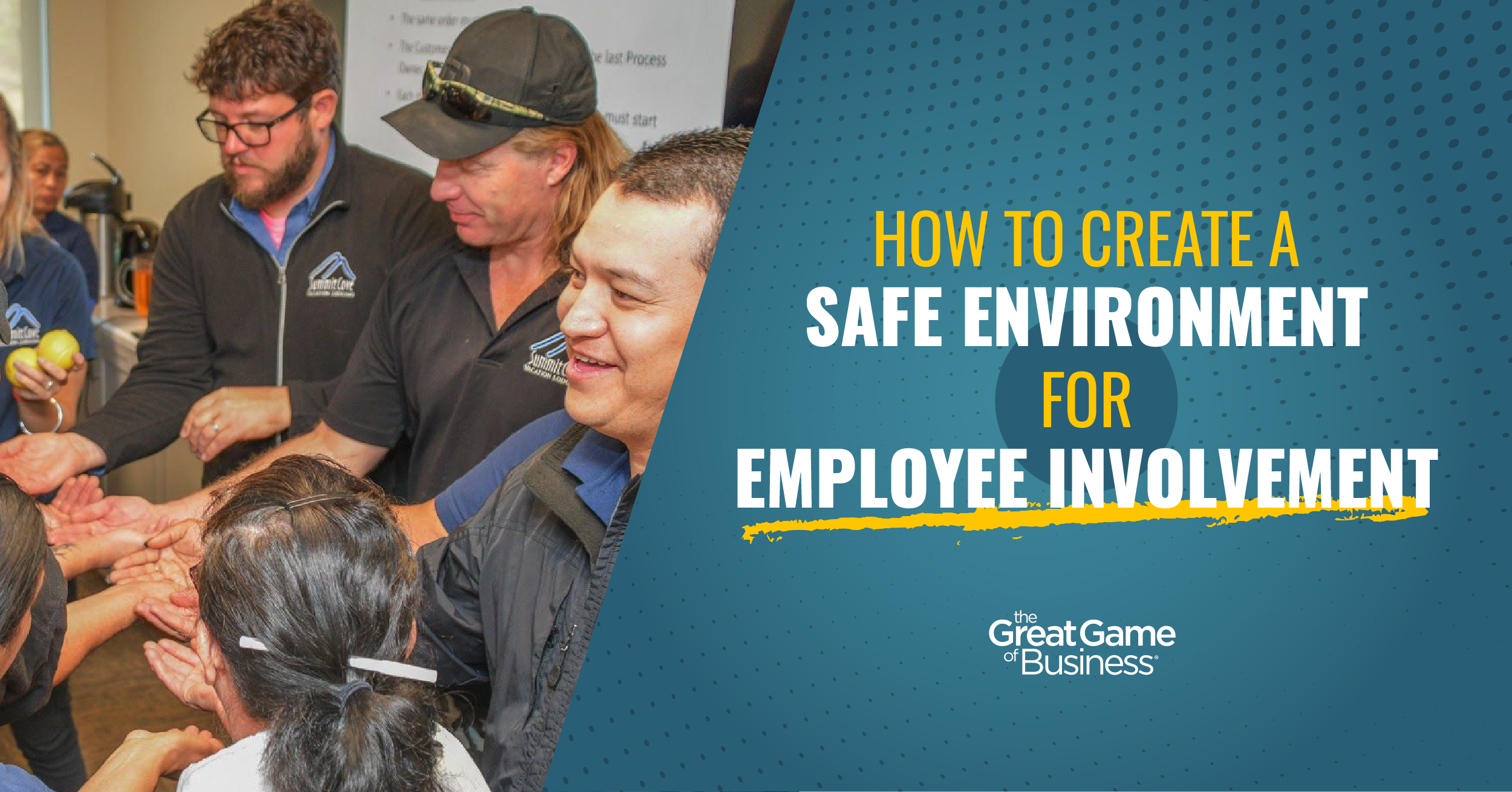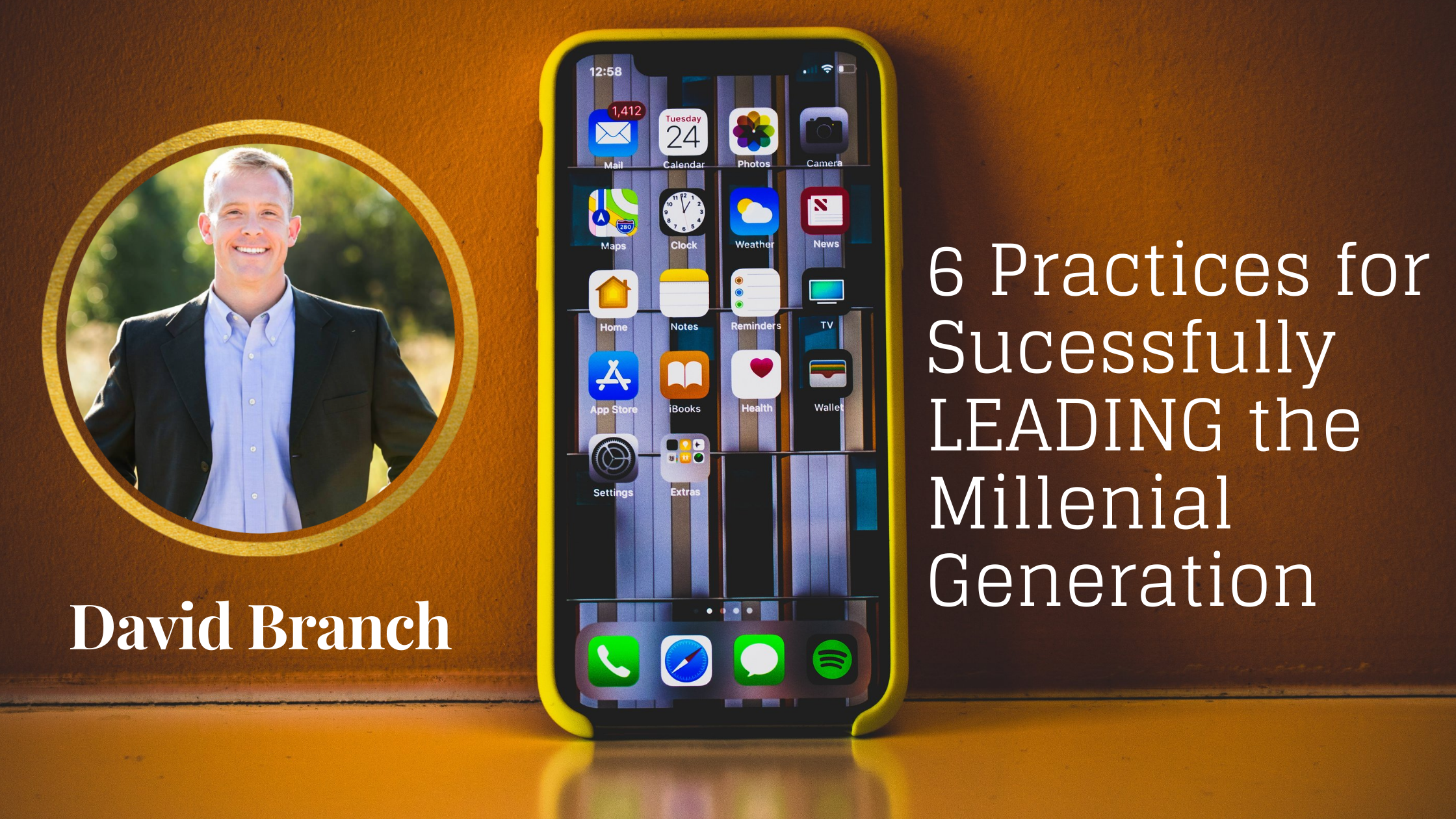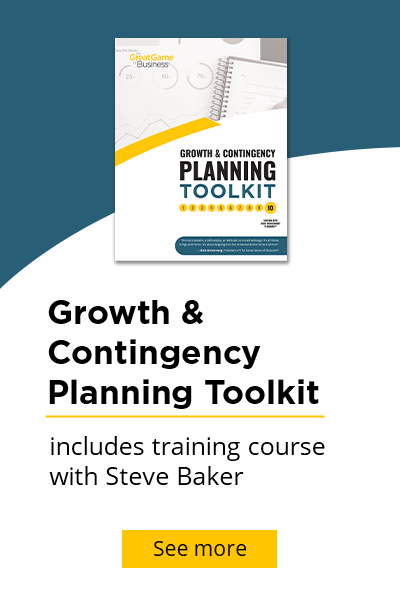While the percentage of engaged employees in the US is higher than it has ever been, according to Gallup more than 50% of employees are unengaged: “they may be generally satisfied but are not cognitively and emotionally connected to their work and workplace; they will usually show up to work and do the minimum required but will quickly leave their company for a slightly better offer.” What’s worse—13% are actively disengaged employees who, in addition to being poor performers who exerted minimal effort, are four times more likely to leave their organization than the average employee.
Read More
As you know, there are a lot of “moving parts” in the day-to-day management of a business. Between dealing with people, improving profitability, tracking inbound and outbound flows and financial reporting, you may not have much time to think about your company’s ownership mix. Whether there is a single owner or multiple owners, made up of family members or not, sooner or later the topic of ownership transition may come up. When it does, it can be a stressful conversation. However, it is a conversation that is ultimately inevitable. There are any number of reasons why business owners decide it’s time to consider who the next owners of their business should be, whether the successors are family, managers, employees or a third party. All companies, however, ultimately go through an ownership transition process. The issue is whether it is planned for or an after-the-fact reaction to something. What our experience tells us is that proactive planning for ownership transition leads to outcomes that are almost always more satisfying. Time is the valuable commodity in transition planning. The more time you have the better things will be.
Read More
I Quit The numbers speak for themselves. In October, according to the U.S. Bureau of Labor Statistics, the quit rates hit 2.9% in August 2021 - an all-time high since data was first collected in December 2000. Leisure and hospitality have been hit the hardest at 6.4%, followed by business and professional services at 3.7%.
Read More
The best, most successful companies feature highly participatory cultures in which employees routinely identify problems and share and implement ideas. High engagement cultures take a lot of work—the right information, the right team structure, management commitment, training time, and more. But a key factor that is often overlooked is the need to create a safe environment in which people feel comfortable dealing with conflict, taking risks, and trying new ideas. This blog talks about why this matters and how to get there.
Read More
Huddles are daily or weekly meetings that drive employee engagement and serve as a self-correcting measure to keep your company on the path toward achieving its goals. Huddles are the linchpin of any successful open-book implementation, but if you find engagement and understanding are low in your organization, you’ve learned an important lesson: Huddles can’t do it alone. In order to foster cultural adoption and high involvement in the planning and execution of your organization’s goals, you’ve got to make the process accessible to your team. Here are three keys for reaching your team and driving their participation:
Read More
Deciding what your company wants to be when it grows up should be a team effort. We continue to live in unprecedented times. Nothing seems predictable, and it's just about impossible to get anyone to agree to a consensus. Take inflation as an example. While plenty of economists continue to forecast that inflationary pressure is a temporary product of strong demand and snarled supply chains, others point to skyrocketing prices as evidence that an inflationary wrecking ball is already at work wreaking permanent economic damage. Tracking issues like these regularly makes it easy to get lost in the day-to-day weeds.
Read More
“If people don’t participate, they don’t buy in. If they don’t buy in, they don’t commit. If they don’t commit, they don’t deliver!” These words can be found on page 348 of The Great Game of Business. What a simple yet powerful statement. Businesses, small and large, struggle with employees delivering on their metrics. Maybe it’s not a delivery problem, but a buy-in problem. According to Great Place to Work, Employees who find their job to have “special meaning: this is not ‘just a job’” are 4 times more likely to give extra to the company 11 times more committed to stay 14 times more likely to look forward to coming to work How can you give special meaning to their job? Get their buy-in on the plan.
Read More
You just can’t find good help these days! If you're like me, you've heard this saying and have likely said it yourself a thousand times! It has been so difficult and discouraging to find the right employees to hire in our company that, for about two years, I all but refused to grow my business. Growth meant I would have to hire and train new employees just to have them leave once we started seeing some real return from this new employee. And after twenty-five years of business, I did not want to continue fighting the with many millennials—often trouble with work ethic and frequent job-hoping. I had a choice: keep suffering or find a solution. So, I made it my mission to discover the real issue and determine a solution!
Read More
How the founders of Chillibreeze pursue their purpose: “We Start Every Day With Gratitude.” It was a Christian mission that first brought Joanna and Ralph Budelman to India in 1995. Their lives, and those who work with them, have never been the same since. The couple, who grew up in Louisiana and Illinois, respectively, share a deep belief in the power of entrepreneurship to create positive change in the world. After arriving in India, they founded the first of what would eventually become a series of businesses over the subsequent ten years that have created great jobs for people in the communities they have lived and operated in.
Read More
To overcome today’s challenges, and build a sustainable business for the long term, it’s time to transform how you get work done The biggest challenges our organization faces, like most everyone else in our post-pandemic world, is shortages of parts and people. With global supply chains snarled, we find ourselves sitting on warehouses full of engines waiting for silicon chips worth a few dollars each. Meanwhile, we were incredibly fortunate to hire 500 new associates over the past year. But, we’re still shorthanded when you subtract the 250 or so employee-owners who retired at the end of 2020. And, despite the superhuman efforts from our human relations teams, that’s not going to change anytime soon.
Read More

.png)















.png)




-5.png)

